The most valuable Corvettes from C1 to C6
Happy National Corvette Day! This celebration of America’s sports car, which happens to fall just four days before the 4th of July, marks 68 years since the very first Corvette rolled off the line. Chevrolet has sold over 1.75 million examples of America’s favorite two-seater since, spanning eight generations. Each of those generations is distinct, offering a wide range of looks, performance, and price. That means there’s a Corvette for nearly every taste and budget, from four-figure daily drivers to million-dollar historic race cars.
Our Valuation mavens currently track market prices of all regular production Corvettes from the first generation C1 (1953–63) to the sixth generation C6 (2005–13). The lowest #4-condition (Fair) value is $3600 and the highest #1-condition (Concours) value is $3.1M. With a gulf that wide, we can’t possibly cover them all on National Corvette Day, so we figured we would highlight the king of the collectibility hill for each generation. Strap in, Vette fans.
C1 (1953–62): 1953 Corvette Roadster
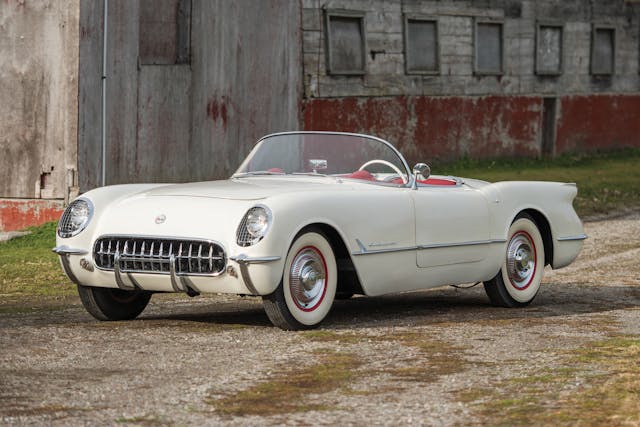
#2 (Excellent) condition average value: $224,000
The 1953 Corvette was the one that started it all, and it’s good to be first. Although its sweet looks wrote a check that its Blue Flame six engine and two-speed Powerglide couldn’t quite cash, it set the Vette down the path to becoming America’s sports car, and for that reason it will always be collectible. With just 300 built, all in Polo White, 1953 is also the Corvette’s rarest year by far.
The Corvette got more refined and quicker as the 1950s went on, so if you want a C1 to drive a later one is probably a better choice. A ’53, meanwhile, serves more to round out a collection. If you’re in love with the ’53’s smooth sides and tail fins, however, a ’54 or a ’55 is a much cheaper alternative. The ’54 is essentially the same car but GM built over 10 times as many examples and a #2-condition car can be had for under $100,000. The 1955, meanwhile, has the looks of the ’53 but introduced the small-block V-8 to the Corvette for the first time. It carries a #2-condition value of $139,000.
C2 (1963–67): 1967 Corvette 427/430-hp L88 Coupe

#2 (Excellent) condition average value: $2.5M
The C2’s five-year production run was the Corvette’s shortest, but a lot happened in that time. The car gained independent rear suspension and a coupe model in 1963, added disc brakes and available big-block engines in 1965, lost its optional fuel injection in 1966 (injection returned in 1982), and introduced what would become the most valuable production Corvette of them all–the L88–in 1967.
It’s a legend today, but the L88-powered Corvette was something of a secret back in 1967. Although it was technically available to the public, GM never actively promoted the L88, instead hoping that only serious race teams would order what was the most hardcore Corvette around. The L88 was essentially a competition engine for the road with aluminum cylinder heads, solid-lifter camshaft, and forged pistons for a 12.5:1 compression ratio. 103 octane fuel was required.
To further discourage average Joe from ticking the box for an L88, GM intentionally underrated it at 430 hp, 5 horses fewer than the cheaper L71. Selecting an L88 also added F41 suspension, Positraction, J56 heavy-duty brakes, heavy-duty aluminum radiator, and Muncie M22 four-speed while deleting a heater or radio. This was a Corvette for the track, not the turnpike.
The L88 option was only around for three years, 1967–69. The ’67 version is the only one with the more attractive C2 body. It’s also the rarest with just 20 cars built. By 1968, more people had caught on and 80 of them ordered an L88 that year. In 1969, 116 people ordered one. The last ’67 L88 to hit the open market was earlier this year at Mecum’s Glendale auction, where a Sunfire Yellow coupe sold for $2,695,000.
C3 (1968–82): 1969 Corvette 427/430-hp L88 Convertible
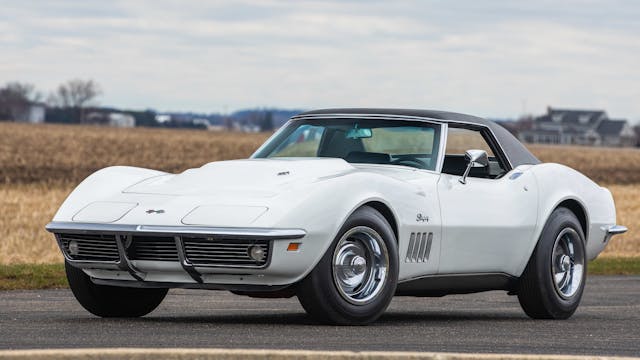
#2 (Excellent) condition average value: $556,000
The third generation of the Corvette lasted for 15 model years. It carried the Corvette’s crossed flags through the peak of the muscle car era, through the emissions and Malaise Era of the 1970s, and into the 1980s. Naturally, the Corvette went through a lot of changes in that time. Power ratings for C3s ranged from just 165 hp in 1975 to 435 hp in the 1969 L71, and today #2 values range from $15,300 for a 1976 car to $556,000 for an L88 convertible.
The 1969 model year was the last for the ground-pounding L88, and although it isn’t as rare or as valuable as the ’67, the L88 hadn’t lost any of its edge by 1969. It still came with all the heavy-duty competition equipment and still didn’t come with any of those cushy creature comforts like a radio or air conditioning.
Chevrolet did build 1969 Corvettes powered by the all-aluminum, dry-sump 427-cubic-inch ZL1 developed with McLaren for use in Can-Am racing, but they were prohibitively expensive and only two were ever sold. These would be holy grail Corvettes if they ever came to market.
C4 (1984–96): 1996 Corvette GS Convertible

#2 (Excellent) condition average value: $48,000
Despite the boom in 1980s and ’90s cars in general, C4 Corvettes remain surprisingly cheap. The cheapest Vette of them all, in fact, is the 1985 Corvette coupe, which carries a #2 value of just $12,800. The median #2 value for the whole C4 generation is just $20,300.
We think C4s represent some of the best bang for your buck in the classic car hobby, but a handful of special models have found their way onto collectors’ radar and appreciated significantly over the past few years. Although the median #2 value for C4s across the board is actually down—1.5 percent over the past three years, certain year ZR-1s and early Callaways are up a few percent and the 1996-only Grand Sport (GS) is up 8 percent. At $48,000 for the convertible (190 built) and $44,500 for the coupe (810 built), the GS isn’t the fastest C4, but it is the most valuable.
The GS was a send-off for the fourth generation Corvette at the close of its 12-year production run. Reviving the Grand Sport name used on the five experimental Corvette race cars from 1963, Chevrolet wisely gave the limited-edition C4 some performance chops to match its unique paint scheme of Admiral Blue with Arctic White stripes and red hash marks on the left front fender. Under the clamshell hood of a ’96 GS is an LT4 V-8 with 330 hp. That’s 30 more than a base Corvette LT1, and the Grand Sport also came with black five-spoke wheels and wider tires.
C5 (1997–2004): 2003 Corvette 50th Anniversary Pace Car Convertible
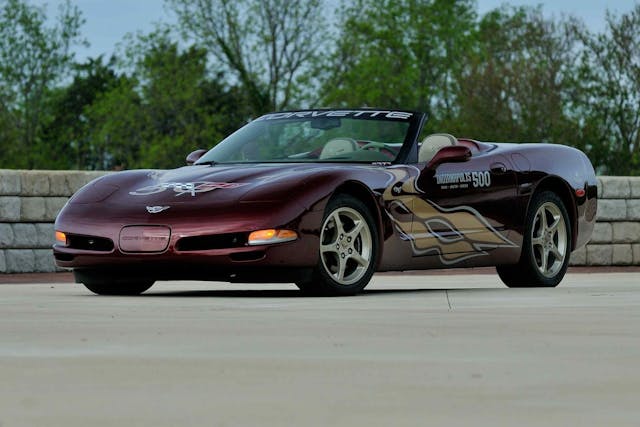
#2 (Excellent) condition average value: $33,000
Serving as the official pace car for the Indy 500, “The Greatest Spectacle in Racing,” is an irresistible marketing opportunity and carmakers are always quick to pounce on it. The Corvette has paced the 500 more times than any other automobile, doing the honors in 1978, 1986, 1995, 1998, 2002, 2004–08, 2012–13, 2015, and 2017–21. That seems appropriate for America’s sports car, and in many of those years Chevrolet has sold a special limited production replica of the official pace car to the public.
For 2002–03, though, Chevy had a double whammy. Pacing the 500 in 2002, the Corvette got an early start on celebrating its golden anniversary with a preview of its 2003 50th Anniversary model, distinguished by its Xirallic Crystal Red paint, champagne-colored wheels, Shale leather seats, Shale cloth top on convertibles, and of course plenty of “50th Anniversary” badges.
Chevrolet didn’t officially sell a pace car replica for 2003, but you could buy a decal package from your dealer for about $500 that made your 50th Anniversary Vette look just like the car that led the field at the Brickyard. Collectibility-wise, cars that did get those decals are worth a bit more than a standard 50th Anniversary–$33,000 vs. $28,900 in #2 condition. The 1998 Corvette Indy Pace Car, with its retina-searing purple-and-yellow paint scheme, is also fairly collectible with 1163 built and a #2 value of $32,100. The median #2 value across the whole C5 generation is $23,000.
C6 (2005—13): 2013 Corvette ZR1 60th Anniversary Coupe
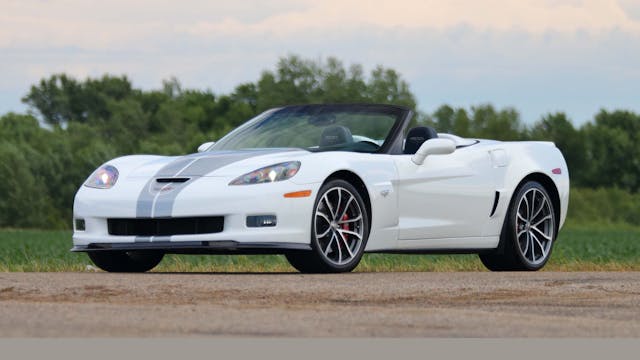
#2 (Excellent) condition average value: $71,800
C6s are the newest Corvettes whose values we track , and in true Corvette fashion they offer boatloads of performance for the money. No C6 makes less than 400 hp, and the median #2 value for a base model is just $26,900. Of course, more power costs more money. A 505-hp LS7-powered Z06 comes in at $41,900, and a 638-hp supercharged ZR1 comes in at $65,000. Still not a bad deal when you remember just how fast these cars are.
Chevy offered plenty of special editions throughout the C6’s run on everything from base cars to Z06s and Grand Sports, but the most valuable of all are the 138 ZR1s equipped with the 60th Anniversary Design Package. That package included Arctic White paint with silver stripes over Twilight Blue leather interior with suede accents. At $71,800 (original MSRP was about $127,000) it is the most valuable production C6 of them all, but it’s worth noting that even this is a performance bargain.

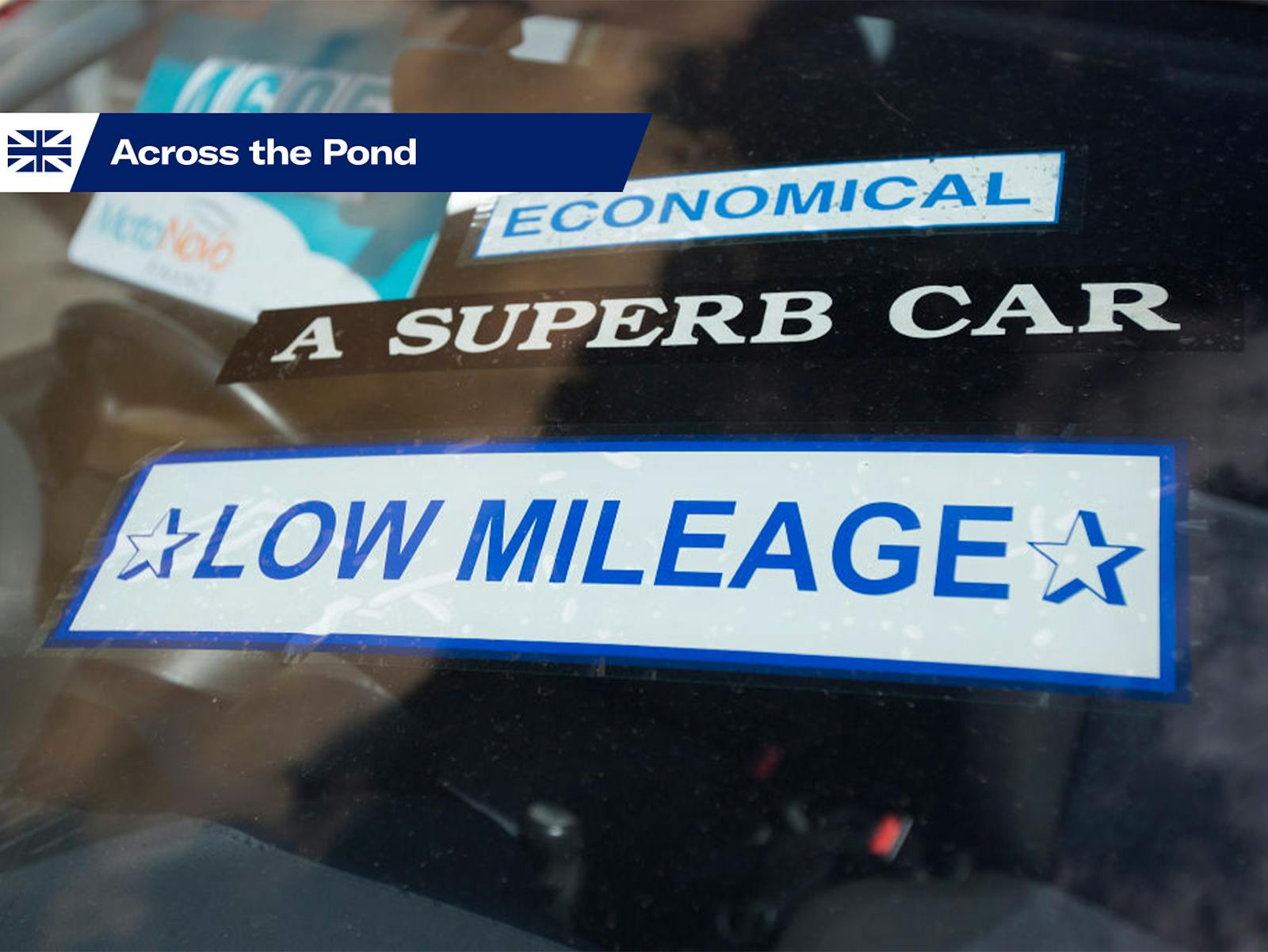

The rarest Corvette is the 1983 C4.
Only 1 survived being crushed.
It’s located in the Corvette museum in Kentucky.
How many were made for the Museum, since it was never produced
1954 Corvette Convertible
mint condition
0 Miles (trailered to shows)
Was in a movie
Value?